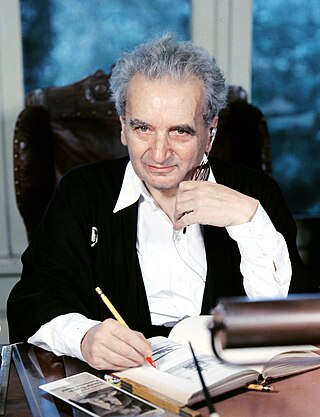
Theodore von Kármán, was a Hungarian-American mathematician, aerospace engineer, and physicist who worked in aeronautics and astronautics. He was responsible for crucial advances in aerodynamics characterizing supersonic and hypersonic airflow. The human-defined threshold of outer space is named the "Kármán line" in recognition of his work. Kármán is regarded as an outstanding aerodynamic theoretician of the 20th century.

Richard Travis Whitcomb was an American aeronautical engineer who was noted for his contributions to the science of aerodynamics.
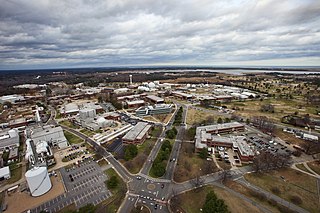
The Langley Research Center, located in Hampton, Virginia near the Chesapeake Bay front of Langley Air Force Base, is the oldest of NASA's field centers. LaRC has focused primarily on aeronautical research but has also tested space hardware such as the Apollo Lunar Module. In addition, many of the earliest high-profile space missions were planned and designed on-site. Langley was also considered a potential site for NASA's Manned Spacecraft Center prior to the eventual selection of Houston, Texas.

Donald Wills Douglas Sr. was an American aircraft industrialist and engineer.

Norman Ralph "Norm" Augustine is a U.S. aerospace businessman who served as United States Under Secretary of the Army from 1975 to 1977. Augustine served as chairman and CEO of the Lockheed Martin Corporation. He was chairman of the Review of United States Human Space Flight Plans Committee.

Robert T. Jones,, was an aerodynamicist and aeronautical engineer for NACA and later NASA. He was known at NASA as "one of the premier aeronautical engineers of the twentieth century". The papers of Robert T. Jones are in the Stanford University Libraries archives.
The National Aeronautic Association of the United States (NAA) is a non-profit 501(c)(3) organization and a founding member of the Fédération Aéronautique Internationale (FAI). Founded in 1905, it is the oldest national aviation club in the United States and one of the oldest in the world, it serves as the “Aeroclub of the United States” and, by its Mission Statement it is "…dedicated to the advancement of the art, sport and science of aviation in the United States.” The NAA is headquartered at the Ronald Reagan Washington National Airport, in Washington, D.C.
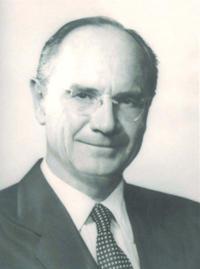
James Smith "Mac" McDonnell was an American aviator, engineer, and businessman. He was an aviation pioneer and founder of McDonnell Aircraft Corporation, later McDonnell Douglas, and the James S. McDonnell Foundation.
Thornton "T" Arnold Wilson was the Chairman of the Board and chief executive officer of Boeing corporation.
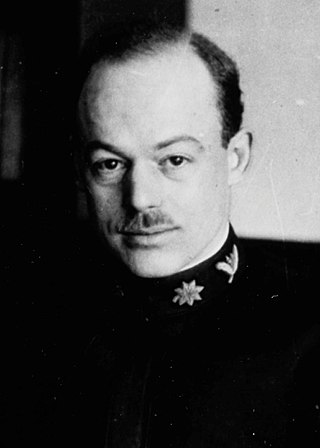
Jerome Clarke Hunsaker was an American naval officer and aeronautical engineer, born in Creston, Iowa, and educated at the U.S. Naval Academy and the Massachusetts Institute of Technology. His work with Gustav Eiffel outside Paris led to the first wind tunnel in the US at MIT. He was instrumental in developing a weather reporting and airway navigation. Hunsaker was also pivotal in establishing the theoretical and scientific study of aerodynamics in the United States. And he was primarily responsible for the design and construction of the Navy-Curtiss airplane (NC-4) that accomplished the first transatlantic flight, and the first successful shipboard fighter. Later he championed lighter-than-air flight but the loss of the Navy airship he designed, the USS Akron, led to the withdrawal of federal support. His WW2 chairmanship of the National Advisory Committee for Aeronautics (NACA) was notable for favouring the development of existing aircraft designs rather than experimenting with turbojets or missile technology.
Michimasa Fujino is a retired Japanese aeronautical engineer, entrepreneur, and founder of the Honda Aircraft Company, a subsidiary of the Honda Motor Company. Fujino worked as chief engineer within Honda R&D, then as vice president, before he was named the project leader for HondaJet development. He was also a Honda Motor managing officer. At Honda Aircraft, he played a crucial role in the growth of the company, and was responsible for the overall strategy of its design, development, certification, marketing, sales, and production of the HondaJet.

The Wright Brothers Medal was conceived of in 1924 by the Dayton Section of the Society of Automotive Engineers, and the SAE established it in 1927 to recognize individuals who have made notable contributions in the engineering, design, development, or operation of air and space vehicles. The award is based on contributed research papers.
Wallace Dean Hayes was a professor of mechanical and aerospace engineering at Princeton University and one of the world's leading theoretical aerodynamicists, whose numerous and fundamental contributions to the theories of supersonic and hypersonic flow and wave motion strongly influenced the design of aircraft at supersonic speeds and missiles at hypersonic speeds. This greatly enhanced the development of supersonic flight and supersonic aircraft design.
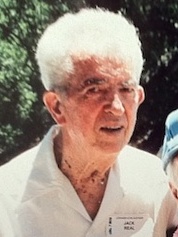
Jack G. Real was an aerospace pioneer and Howard Hughes confidant.
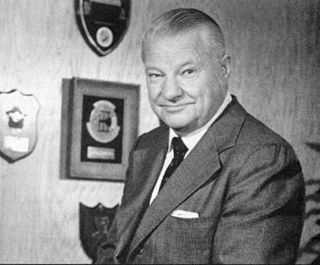
Clarence Leonard "Kelly" Johnson was an American aeronautical and systems engineer. He is recognized for his contributions to a series of important aircraft designs, most notably the Lockheed U-2 and SR-71 Blackbird. Besides the first production aircraft to exceed Mach 3, he also produced the first fighter capable of Mach 2, the United States' first operational jet fighter, as well as the first fighter to exceed 400 mph, and many other contributions to various aircraft.
Frederick Stucky Billig was an American aerospace engineer who was a pioneer in the development of scramjet propulsion.
William Rees Sears was an American aeronautical engineer and educator who worked at Caltech, Northrop Aircraft, Cornell University, and the University of Arizona. He was an editor of the Journal of the Aeronautical Sciences from 1955 to 1963 and the founding Editor of the Annual Review of Fluid Mechanics in 1969.
Robert Hauschild Liebeck is an American aerodynamicist, professor and aerospace engineer. Until retiring from his position as senior fellow at the Boeing Company. in 2020, he oversaw their Blended Wing Body ("BWB") program. He has been a member of the National Academy of Engineering since 1992, where he is an AIAA Honorary Fellow, the organization’s highest distinction. He is best known for his contributions to aircraft design and his pioneering airfoil designs known as the "Liebeck Airfoil". Since his retirement he remains active in aviation industry associations and continues to teach at UCI.

Walter Charles Williams was an American engineer, leader of the National Advisory Committee for Aeronautics (NACA) group at Edwards Air Force Base in the 1940s and 1950s, and a NASA deputy associate administrator during Project Mercury.

Duane Torrance "Mac" McRuer was a scientist, engineer, and expert in aircraft flight and other vehicle controls who cofounded Systems Technology Inc. in 1957. He made many contributions to the theory and practical application of human-machine interaction and control.












